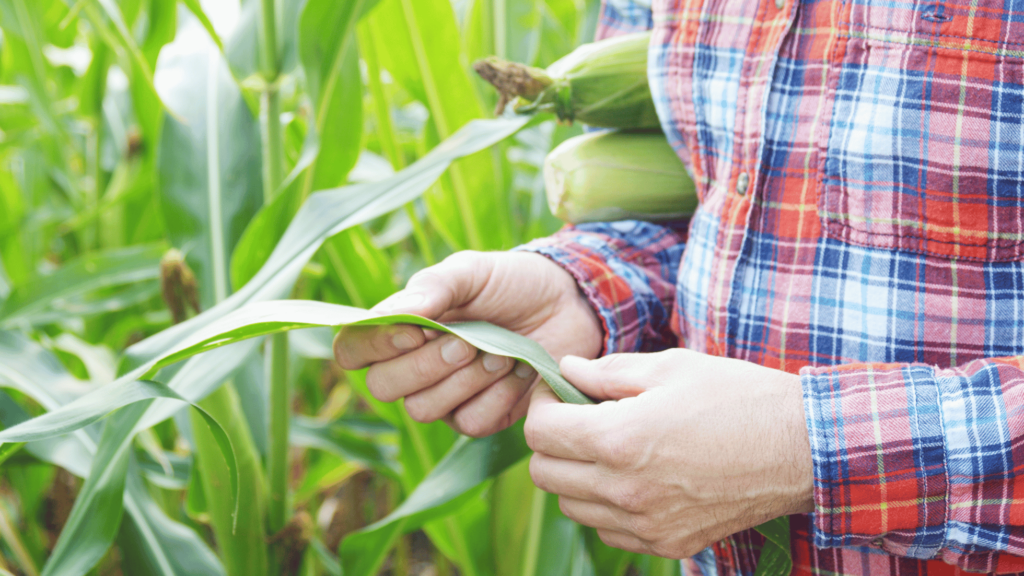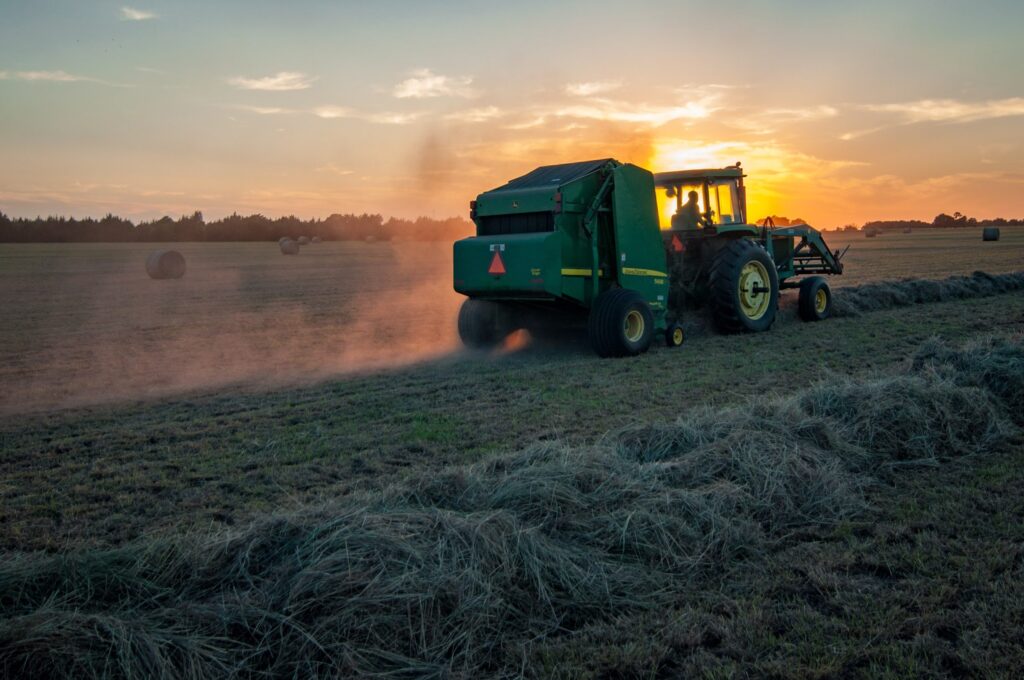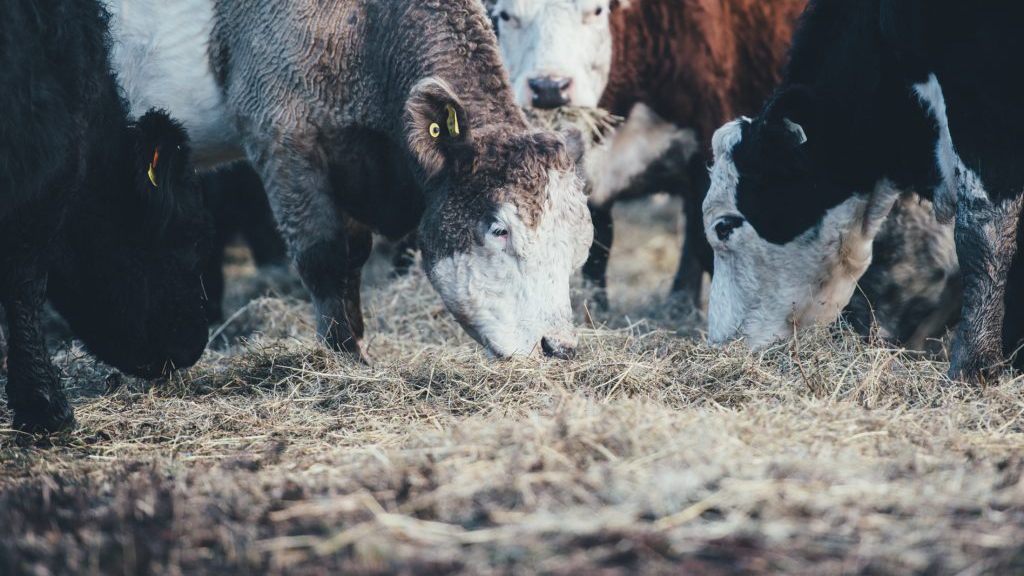Today’s farmers have a hard row to hoe (pun intended). With the world’s population continuing to inflate global food demand and an ever-increasing consumer desire for environmentally sound products forcing them to abide by stricter rules and regulations, farmers have to find creative ways to be effective and efficient or risk being forced out of the market by businesses with more competitive offerings and better business strategies. It’s not an easy task to assume; however, partnering with the right ag dealers and distributors can help farmers maximize their budgets while still enabling them to provide high quality products that satisfy the eco-friendly standards as set by their customers. To forge these strong relationships, farmers need to know as much about the market as possible. Here are three tips for getting the most from ag dealer and distributor market research:
Focus on WHO
Market research is only as good as the people responding to it. To uncover actionable insights that fully represent the nuances of any given market, researchers need niche expertise. They have to know the questions to ask, as well as to whom they should pose them. Such knowledge only comes from a unique understanding of the market at hand. While good skills provide the basis for good research, specific experience in a single area is the only way researchers really know who to target and how to reach them.
First and foremost, we maintain Ag Access, an insights community with over 45,000 people, which allows our clients to easily approach over one million contacts across the agriculture supply chain in the U.S., as well as Canada. Then our team at Communications for Research (CFR) is the only market research company to hold a license to EDA Data, the agriculture industry’s premier database of information regarding the buying and selling of all ag equipment in the U.S.
With access to this type of proprietary information, we are able to target respondents according to any number of qualifiers (such as location, machinery type, brand/model and more). This means that our clients can quickly plumb the full depth of the millions of data points within the American ag industry, including vital ag dealer and distributor statistics and figures.
Narrow the WHAT
Similarly, narrowing down the type of information needed greatly improves ag dealer and distributor market research. Researchers must think carefully about the kind of data they need, as the information gathered from a qualitative study varies greatly from that gathered from a quantitative one. Indeed, the decision to choose one approach over the other type affects a host of factors, including budget, size of the respondent pool and different bias concerns, making it paramount for researchers to have a clear grasp of the answers they need and how they’re going to get them.
Consider WHEN
Finally, the agriculture industry is cyclical, which different sectors experiencing different patterns of activity, growth and demand. As such, it’s important to conduct ag dealer and distributor market research at the right time. All respondents are busy, but respondents in the ag industry are often more so since they must anticipate and respond to conditions frequently out of their control. To maximize research results, researchers should look to their experience with each individual sector and pick a time with the least amount of distractions and activity to contact and recruit their target audience. This ensures that enough respondents are available for research needs and that they are less stressed (read: “capable of being more forthright”) in their replies.
Want to Learn More?
American farming is a complicated business, best informed by solid market research. If you need assistance getting an ag dealer and distributor market research study off the ground, please contact our team. With our expertise, you can get actionable insight that improves your products and services, your business strategies and, ultimately, your ROI.



